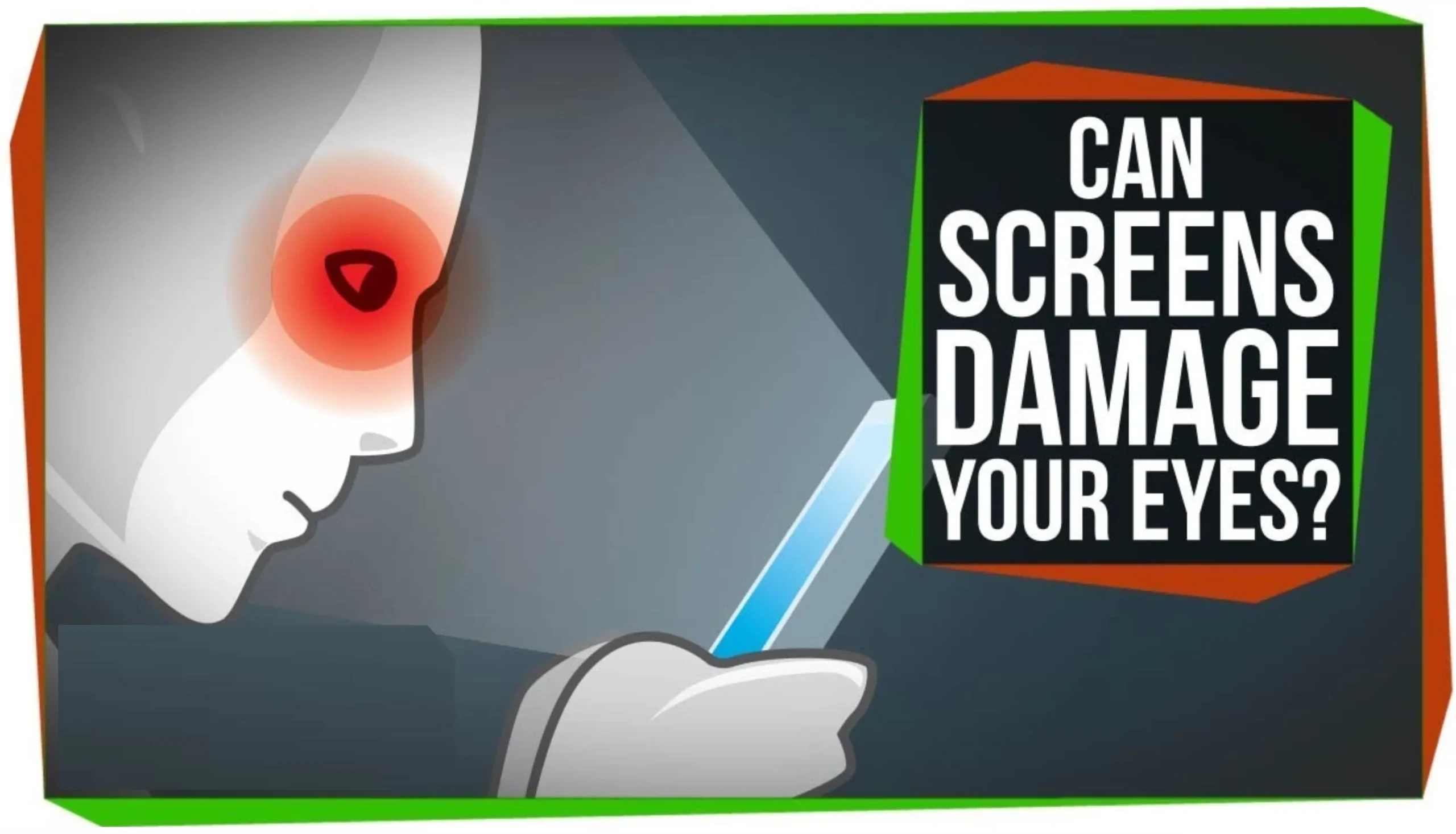
How do screens affect vision?
Screens, such as those on computers, smartphones, tablets, and televisions, can affect vision in several ways:
- Digital Eye Strain: Prolonged use of screens can cause digital eye strain, also known as computer vision syndrome. Symptoms may include eyestrain, headaches, dry eyes, blurred vision, and neck and shoulder pain.
- Blue Light Exposure: Screens emit blue light, which has shorter wavelengths and higher energy compared to other colors in the visible spectrum. Excessive exposure to blue light, especially in the evening, can disrupt the sleep-wake cycle and cause digital eye strain.
- Reduced Blink Rate: When staring at screens, people tend to blink less frequently, leading to dry eyes and discomfort. Blinking helps spread tears evenly over the surface of the eye, keeping it moist and lubricated.
- Near Work: Viewing screens requires prolonged periods of near work, which can contribute to myopia (nearsightedness) progression in children and adolescents.
- Accommodative Stress: Constantly focusing on a screen at a fixed distance can strain the eyes’ focusing muscles, leading to fatigue and discomfort.
- Increased Screen Time: Excessive screen time, particularly among children and adolescents, has been associated with a higher prevalence of myopia and other vision problems.
To mitigate the effects of screens on vision, consider the following tips:
Take Regular Breaks: Follow the 20-20-20 rule: every 20 minutes, take a 20-second break, and look at something 20 feet away. This can help reduce eye strain and fatigue.
- Blink Often: Remind yourself to blink frequently while using screens to prevent dry eyes. Blinking helps moisten the eyes and prevent discomfort.
- Adjust Screen Settings: Optimize screen brightness and contrast settings to reduce glare and minimize eye strain. Consider using blue light filters or special glasses to reduce exposure to harmful blue light.
- Maintain Proper Ergonomics: Position screens at an appropriate distance (about arm’s length away) and angle to reduce strain on the eyes, neck, and shoulders. Ensure that the top of the screen is at or slightly below eye level.
- Limit Screen Time: Set limits on screen time, especially for children and adolescents. Encourage breaks for other activities such as outdoor play, reading, or hobbies.
- Encourage Outdoor Activities: Spending time outdoors has been linked to reduced myopia progression in children. Encourage outdoor activities to give the eyes a break from screen use.
- Schedule Regular Eye Exams: Regular eye exams are essential for maintaining eye health. Schedule comprehensive eye exams with an optometrist or ophthalmologist to monitor vision changes and address any concerns.
- Follow the 10-3-2-1-0 Rule: In the hour before bedtime, follow this routine: 10 minutes of screens, 3 feet away, for 2 minutes, at 1/10th of maximum brightness, with 0 blue light exposure. This can help improve sleep quality by reducing the impact of screens on the sleep-wake cycle.
By incorporating these precautions into your daily routine, you can help protect your eyes from the negative effects of screen use and maintain optimal eye health.
